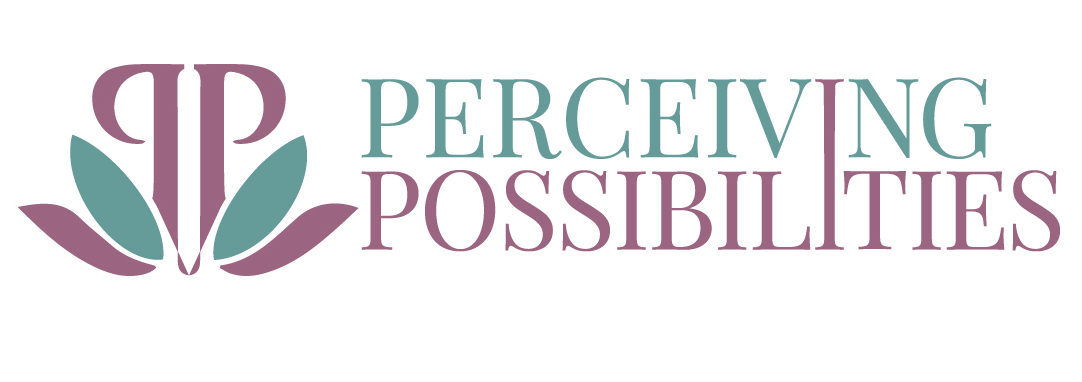When I was in college and thought I was going to pursue an acting career, I took the obligatory Improv class.
What I learned in the class went far beyond mere stage games and hilarity. What I learned was how to trust another person and build on what they are doing so that you can both succeed. However, it took me many years and a work retreat to understand this.
While planning a work retreat with other senior leaders, we decided that it would be enjoyable and useful to bring in The Groundlings. We knew other companies were using improv as part of their employee training, and since we were an arts organization, the connection seemed obvious.
There were many hilarious moments during the retreat, and everyone came away feeling bonded and full of creative energy. But the most impactful part was the game called “Yes, and.”
The premise of the game is simple. You accept whatever the person before you says and add to it.
In an improve setting this can lead to some very hilarious situations as each person is usually trying to trip up the next and make things more and more complicated.
However, when used in a business setting, it allows us to validate another’s perspective and build on it.
During the exercise, we were paired up and given a starter scenario. The first person sets the tone with something like:
“This rain is going to destroy our event.”
The next person must accept the parameters and add to the scenario, maybe with something like:
“All those months of planning and the attendees are going to be so disappointed.”
And this goes back and forth until the time for the exercise is done.
Think about how easy it would be after the first statement to say something like:
“It’s not going to destroy it; we just need to move it indoors.”
That seems like a logical statement, but it doesn’t follow the prescribed pattern of accepting the previous speaker’s information. Instead, it says that the first speaker is wrong and the second speaker knows that right answer. While their solution would work, it unintentionally invalidates the feelings of the first person and could invite argument over solutions.
To avoid invalidating what the first person said (and keep on target with the parameters of the game), the responder could say,
“It’s very dissapointing to have something we’ve planned so carefullly get changed by something out of our control. I’ll bet if we put our heads together we can come up with a solution that allows us to keep moving forward with the event.”
This way of responding acknowledges and validates the feelings of the first person while inviting a deeper conversation around solutions.
Many times in our desire to have our ideas heard we unintentionally devalue the other person’s thoughts and feelings. We create this situation because we are listening to the person with the intent to respond instead of the intent to understanding.
So how do we retrain ourselves to listen in a way that helps us say “Yes, and . . .”
- Make sure you focus your attention on the speaker. This sounds obvious and you probably think you already do this. I know I thought I did, that is until I really paid attention. What I found was that my mind would often wander while listening or start thinking about what I wanted to say to make my point. Now, when I see my mind beginning to lose focus on the speaker, I gently redirect my focus back to the words the speaker is saying. One way to do this is to make sure that you are always looking directly at the person to whom you are speaking.
- Paraphrase back to the person what you think you heard. You can start by saying,” I want to make sure that I understood what I have heard,” and then repeat back to them what you feel are their main points. Paraphrasing allows you to make sure when you do respond you are responding accurately and it gives the other person an opportunity to correct anything you didn’t hear right or they have may have miscommunicated.
- Pause before responding. Most of us move into autopilot and immediately begin to respond. No one likes silence, but a short pause before you start to respond gives you time to think through what you are saying to ensure that you are validating what has been said and adding to it. It isn’t always necessary to have your own story or counterpoint. It’s important to remember that every conversation doesn’t have to be a debate.
When you change the way you listen from listening to respond to listening to understand, you begin to build deeper more genuine connections with people. You will find that people are more open to working with you because they know that you are not going to try to succeed on their back, but back them so that you both succeed.
Try it and let me know how it works out for you in the comments.







